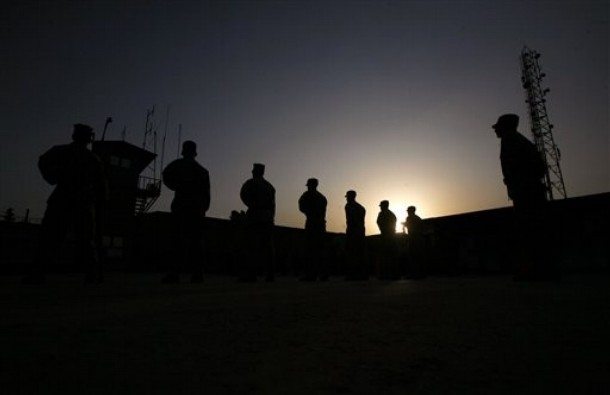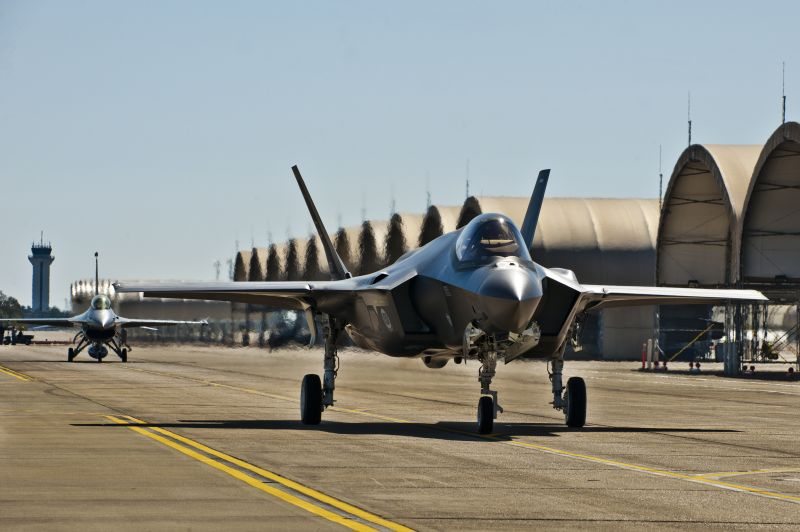The number of suicides in the US Army rose by 80 percent after the United States launched the war on Iraq, American military doctors reported on Thursday.
From 1977 to 2003, the tally of army suicides had trended slightly downwards, and was far below civilian rates.
But it started to curve upwards in 2004, the year after the US-led invasion, according to their analysis, published in the British journal Injury Prevention.
In 2008, 140 army personnel committed suicide, a figure 80 percent higher than in 2004 when measured in “person-years,” a benchmark used by health experts, and much higher than in civilian society, it found.
“This increase, unprecedented in over 30 years of US Army records, suggests that 30 percent of suicides that occurred in 2008 may be associated with post-2003 events following the major commitment of troops to Iraq, in addition to the ongoing operations in Afghanistan,” says the paper.
Those who died were overwhelmingly male, young, white, in the lower military ranks and likelier to have had a history of depression and other mental disorders.
The rise mirrored an increase in consultations and hospitalisation for mental health. From 2003, these rates nearly doubled.
“The 2008 rate indicates that more than one-fifth of all active-duty soldiers had an ambulatory [walk-in] visit for a mental health disorder, implying a prevalent public health problem,” warns the study.
In 2008, nearly a third of the suicides occurred among troops who had never deployed, which highlights the need to provide counselling for young soldiers facing pre-combat stress, it adds.
The study was headed by Michelle Canham-Chervak of the US Army Public Health Command, using information from the Army Behavioral Integrated Data Environment.
This is a data bank that combines several national military sources, including details about medical consultations, diagnoses and treatment.
The study dissected the figures for 2007 and 2008, and compared these with previous years.
It did not include other branches of the US military, nor did it examine trends after President Barack Obama’s decision to pull out of Iraq, an operation that concluded last December.











